UNE BELLE VIE, UNE BELLE MORT - Riccardo Bononi
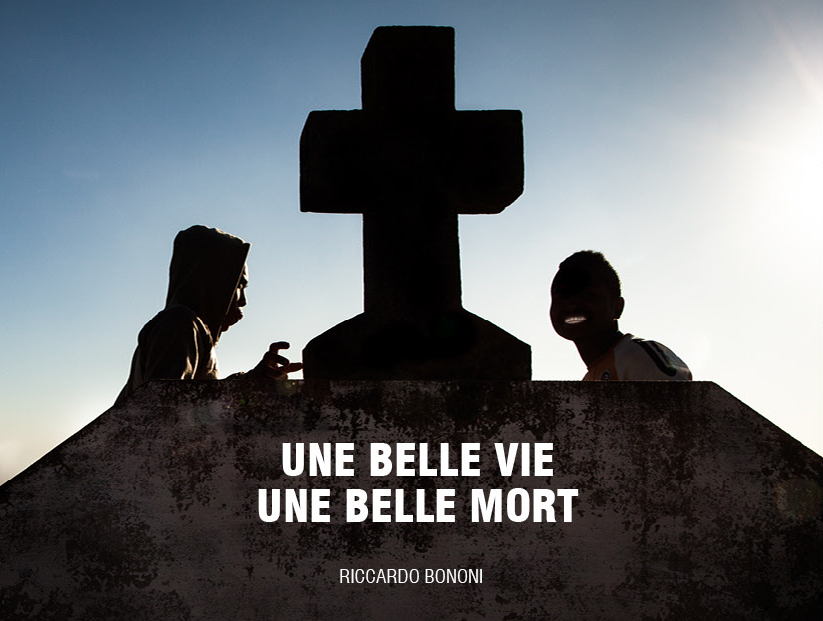
Technical details
Une belle vie, une belle mort – Riccardo Bononi
Foreword by: Prof. Ines Testoni – Director of Master Death Studies & End of Life University of Padova
Graphic Design by: Andrea Cavinato, Marco Lumini
Editor: Irfoss A.p.s. 500 certified copies
Printed by: Grafiche Antiga s.p.a.
ISBN: 978-88-943290-0-1
Pages: 120 (70 foto, 23 grafiche, 33 testo)
Size: 30,00 x 22,50 cm (carta Magno Silk Plus, hardcover e sovracoperta)
Price: 30,00 €
Payment accepted: PayPal (link below to fast pay)
“UNE BELLE VIE, UNE BELLE MORT”
Could you imagine a world where the very idea of the death doesn’t exist? Where people are not scared of the dead and the obsessive taboo related to human caducity doesn’t affect anybody?
The British anthropologist Geoffrey Gorer came to conclusion that death has become “pornographic” to us westerners, an obscene content from which children must be kept safe. The fear of the death has been seen as an universal feature across both time and space: “Men fear death”, and that has always been considered a fact.
But this is not the case of Madagascar, where the worship of the ancestors is the national cult.
As an award winning photographer, Riccardo Bononi uses the visual languages to tell a story about a world opposite to ours, where the living and the dead share discussions, experiences and domestic spaces, children play sorroundend by the corpses and death is not antithetical to life.
As an anthropologist, for ten years he has been living close to Malagasy people, in their houses and in their tombs, merging with their customs, languages and peculiar traditions. He tried to share everyday life with them, as well as their everyday death..
RICCARDO BONONI
Graduated in two different fields of social sciences, psychology and anthropology, since 2010 Riccardo worked as visual anthropologist at the Irfoss Institute in Padua, Italy. In 2015 he joined international agency Prospekt Photographers based in Milan.
While combining photography and audiovisual as privileged research approaches, he has been working in Africa, South and North America, Asia and Europe. Since 2006 he focused on taboos concerning death, especially in Madagascar.
Among others important awards, in 2015 he was nominated “Best Photographer of the Year – Professional Sport Category” at World Photography Awards. His pictures have been exhibited in London, Berlin, Paris, Bucharest, Bolivia, Bologna, Beijing, Lishui, and have been published in magazines all across the world.
In his vision, documentary photography is much more than a mere tool for data collection: it is the base for an universal language, a bridge between people and places that allows to overcome the invisible borders among cultures.
#1 Madagascar’s Posthumous Life
The British anthropologist Geoffrey Gorer said that death has become “pornographic” to the westerners, an obscene content from which children must be kept safe. The fear of the death has been seen as an universal feature across both time and space: “Men fear death”, and that has always been considered a fact. But this is not the case of Madagascar, where the worship of the ancestors is the national cult.
The most outstanding cultural feature all across Madagascar is the unique relationship that connect malagasy people to the death: they consider it as a simple step of the human development, conceptually not different from the transit between the childhood and the adult life. Being dead doesn’t mean to have come to an end. Dead bodies, as well as newborns, can’t talk, can’t walk nor eat by themselves, but that doesn’t mean that corpses can’t feel regular needs: they can still get bored, hungry, happy or lonely.
This peculiar belief is in Madagascar far more from being just symbolic: every 3-5 years malagasy families gather around the tombs to celebrate a ritual called “famadihana”. In that occasion they exhume the ancestors and with them they dance all night and day, drink hommade rhum, sacrifice cattle and talk to them about the latest updates from the village.
Going along with the rythm of a frantic and rhapsodic music, the ritual tries to channel all the chaos of life in just few hours, so that the memory could be enough for the dead at least till the next famadihana.
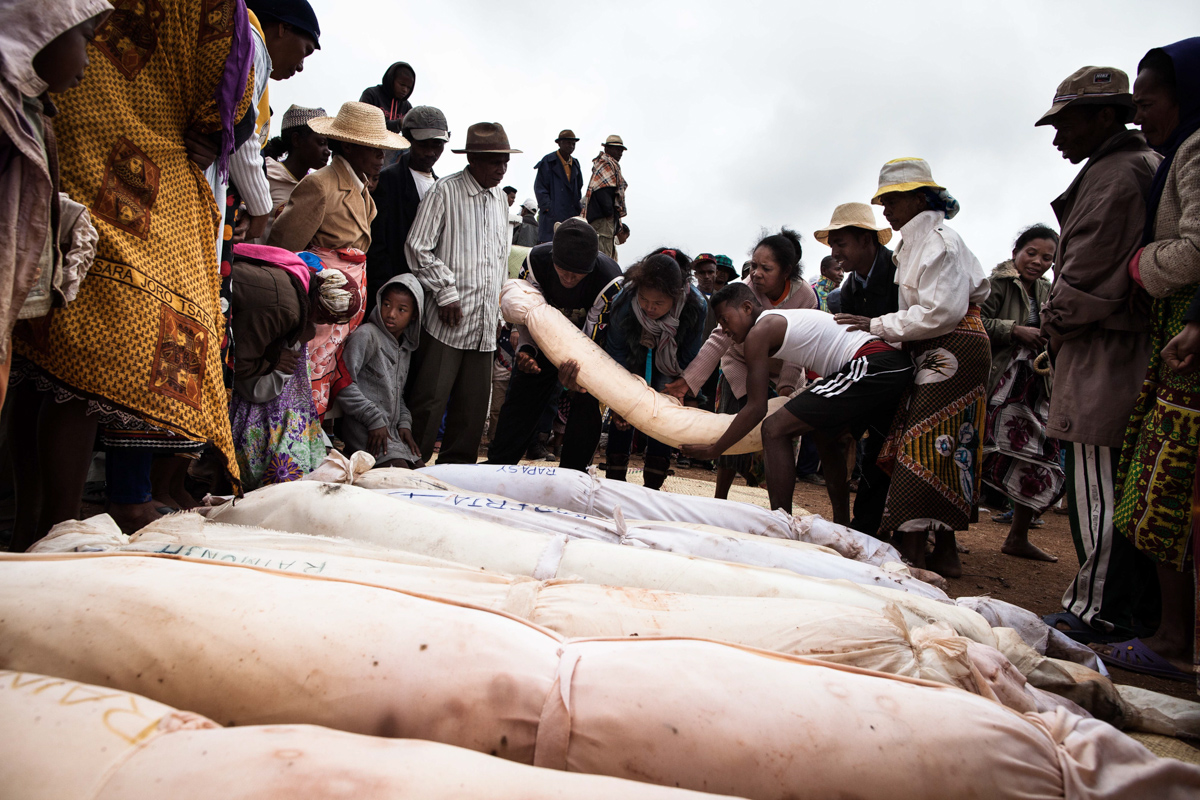
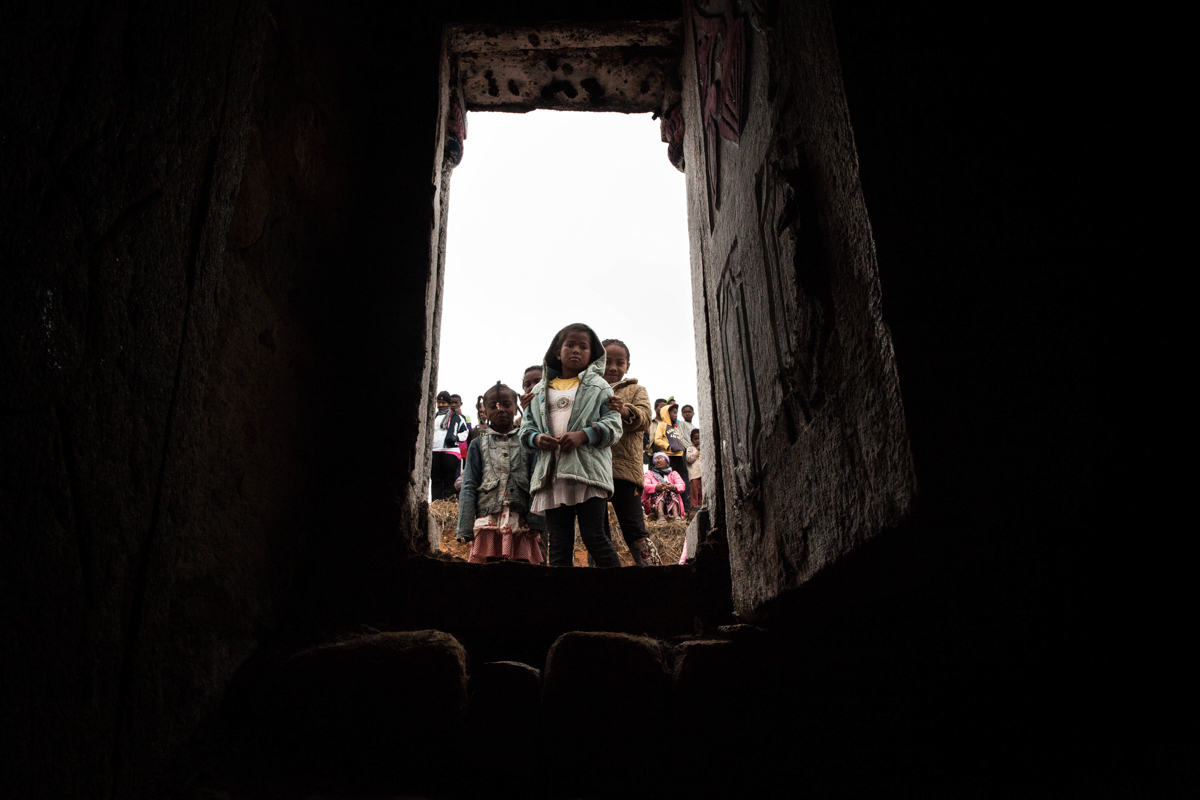
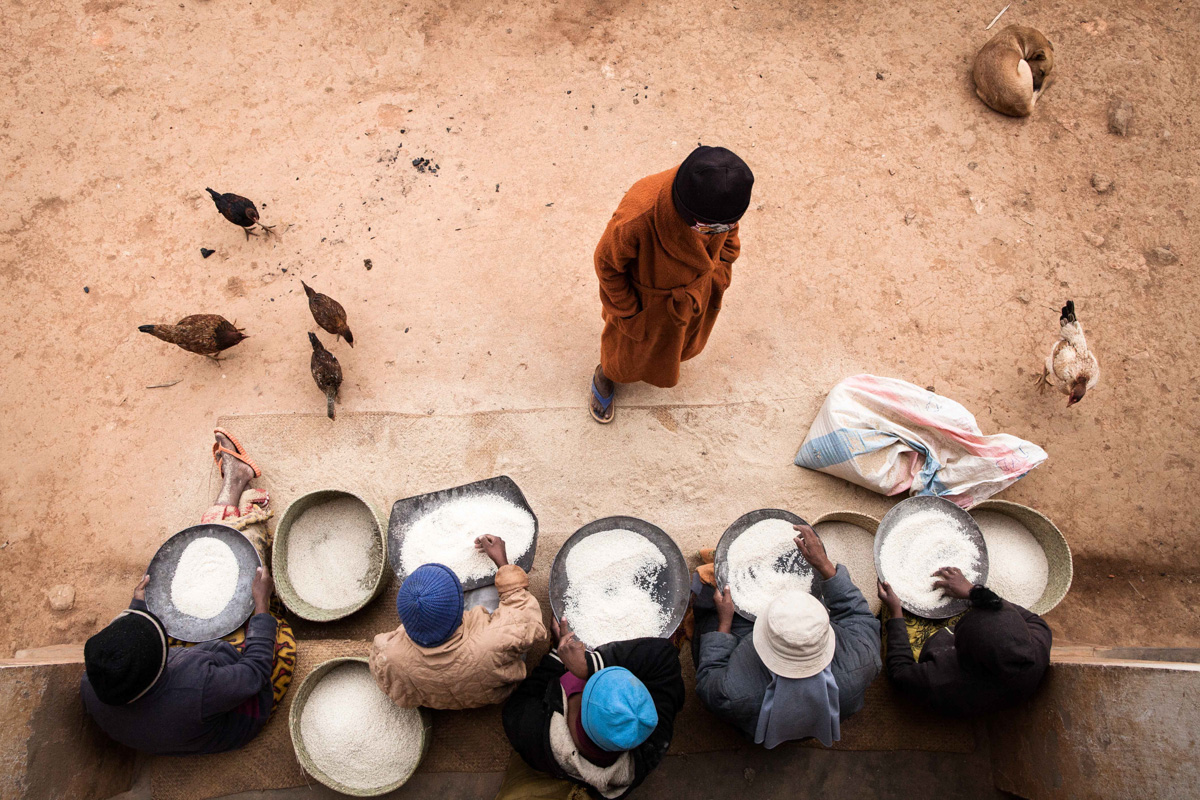
# 2 The Graveyard Generation
Anjanahary Cemetery is one of the only and by far the biggest graveyard in Madagascar. Classified by the government as a Red Code Area for what concerns security, it is considered to be one of the most dangerous place in Antananativo, whose intricate maze of graves and crypts became a perfect sanctuary for fugitives, thieves, fences, drug dealears and drugs addicted trying to elude the police. A local guide publicly warned: “Don’t go there expecially when it gets dark, not because of ghosts or some weird things, but because there are bad guys living there, thiefs and other malicious people waiting for preys and smoking crack”.
What the government isn’t saying is that the graveyard is populated mostly by children: after the coup d’état in 2009 a rising number of children happened to be orphaned or abandoned, ending up to live in the streets or wherever they managed to find a roof for free. Anjanahary cemetery became a place where rejected children could find a home, living together as a family, a complex society with its own rules and laws.
Since Malagasy jelously keep their ancestors close to their everyday life and don’t build monumental graveyards, Anjanahary cemetery represents an anomaly according to their beliefs: having been built by French colonizers and chinese emigrants workers, the graveyard is considered to be a foreign territory, a place where white dead are abandoned to the cold loneliness of the earth.
Won’t be surprising then that the Graveyard Generation, susteined by petty thefts, turned this silent place into their own playground, playing all day long and eating among the graves, resting on the big grass field sourrounding the mass grave for the infectious deceased.
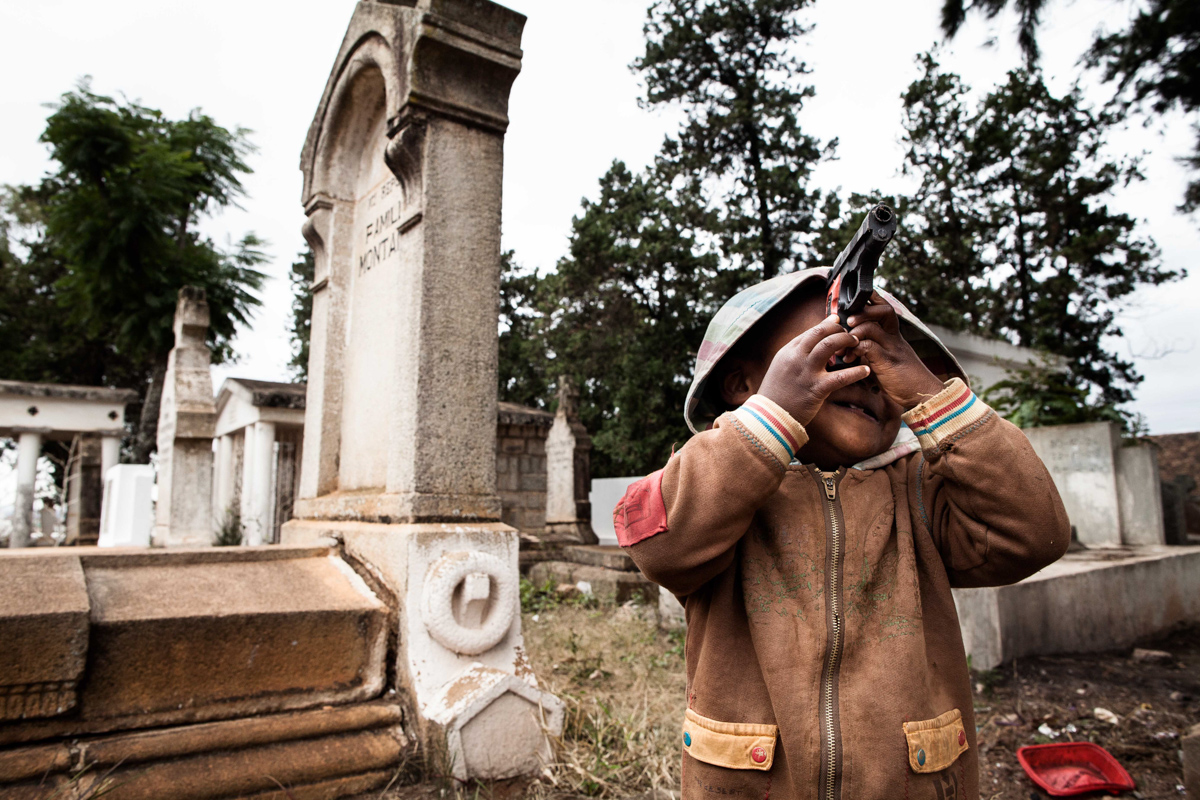
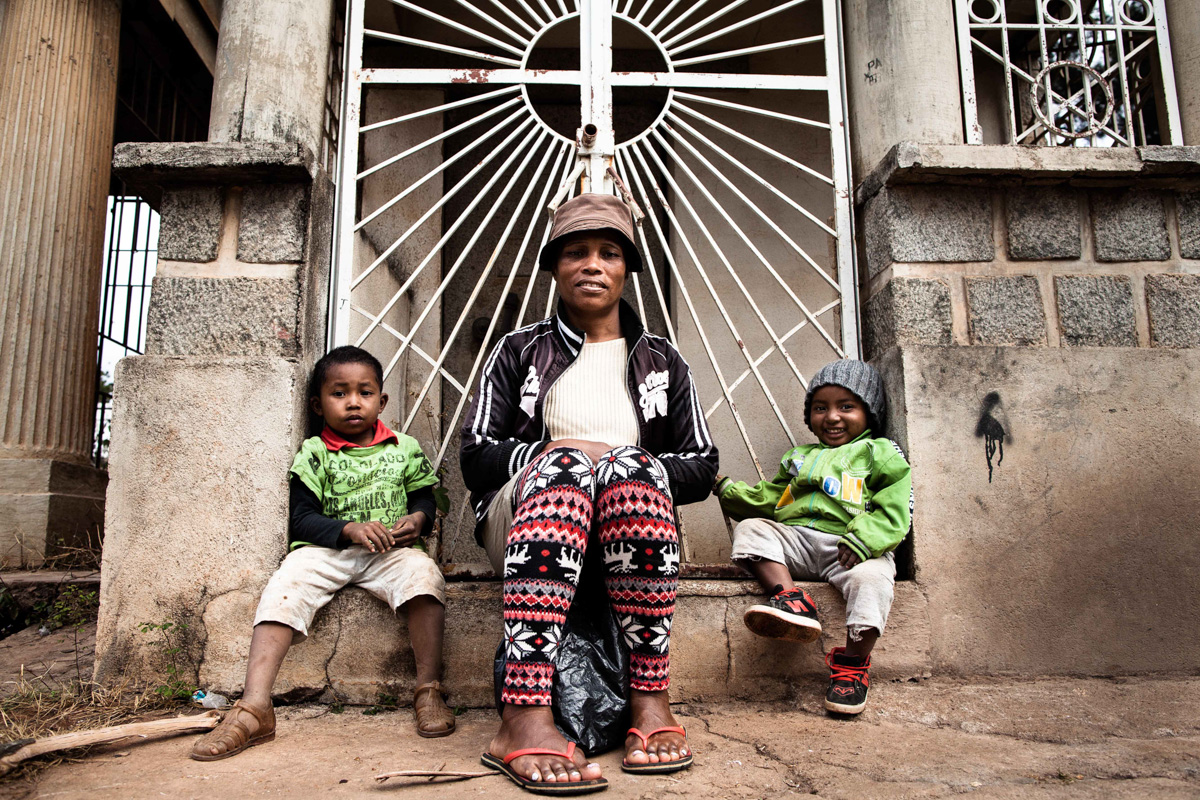
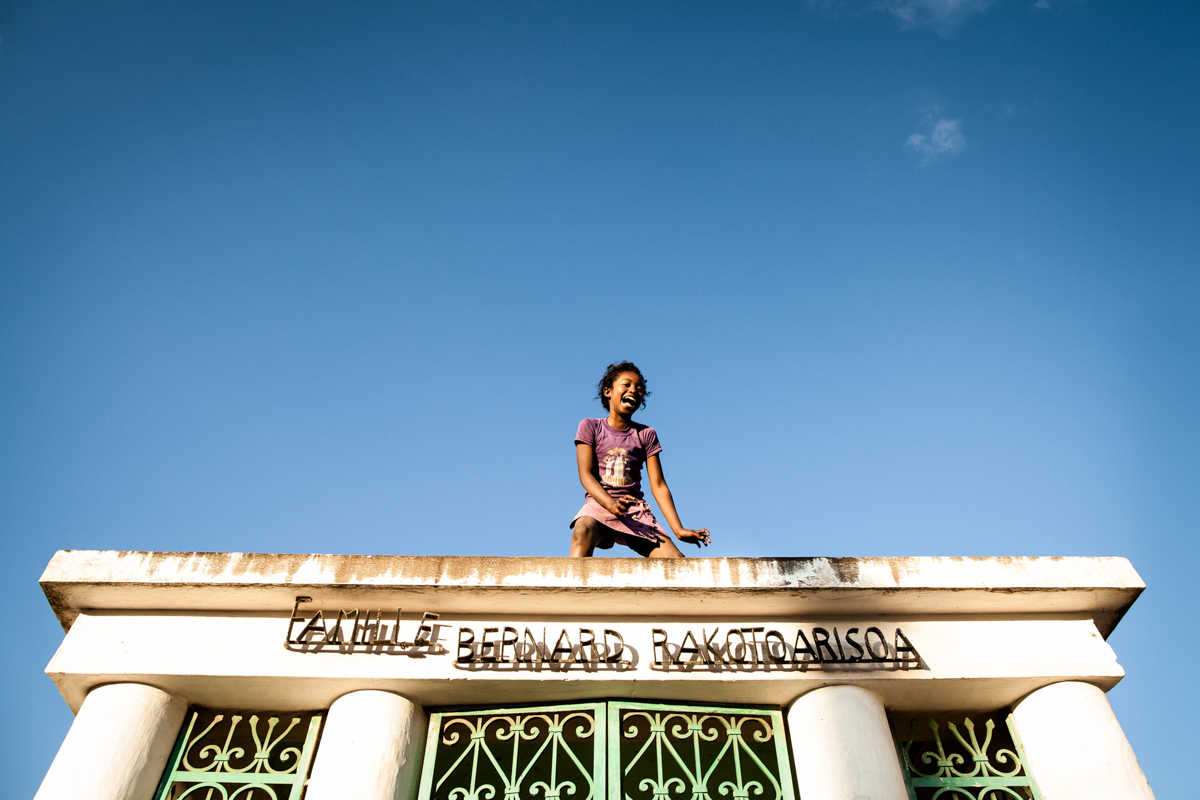
# 3 The Red Island and the Black Death
Considered by the westerners as a mere past chapter of their History, Plague is an ancient flea-borne disease with a case fatality rate of 50-60% if left untreated. Nowadays, plague still represents a public health concern in affected countries in Africa, Asia and Americas.
Despite the surveillance and the prevention measurements implemented, according to WHO over the past 4 years the number of cases in Madagascar has steadily increased, making it the country most severely affected by plague worldwide. Regular outbreaks have been recorded every year since 1983.
Plague is considered one of most dangerous “neglected tropical deseases”, whose term refers to a group of infectious deseases that affect more than a billion people, living in poverty, without adequate sanitation and in close contact with animals and others infectious vectors.
The explanation for the persistency of plague in Madagascar has to be found besides the biological factors only: socio-economical causes and cultural beliefs appear to be key determinants. Plague is considered to be the “disease of the poor”, affecting those living in poorer, insalubrious, underserved, peripheric areas. This is related to the deep-rooted social stigma associated to the disease, to the patients and to their families. Even cultural practices have a strong impact on the incidence of plague in Madagascar: the preference for traditional medicine in remote villages can cause delays in the beginning of an effective antibiotic treatment, while funeral ceremonies and ritual corpse exhumations (famadihana) also might favor the spread of plague.
The shame is causing people to hide and deny the disease, escape from quarantine areas and illegally unearth the bodies from the mass grave.
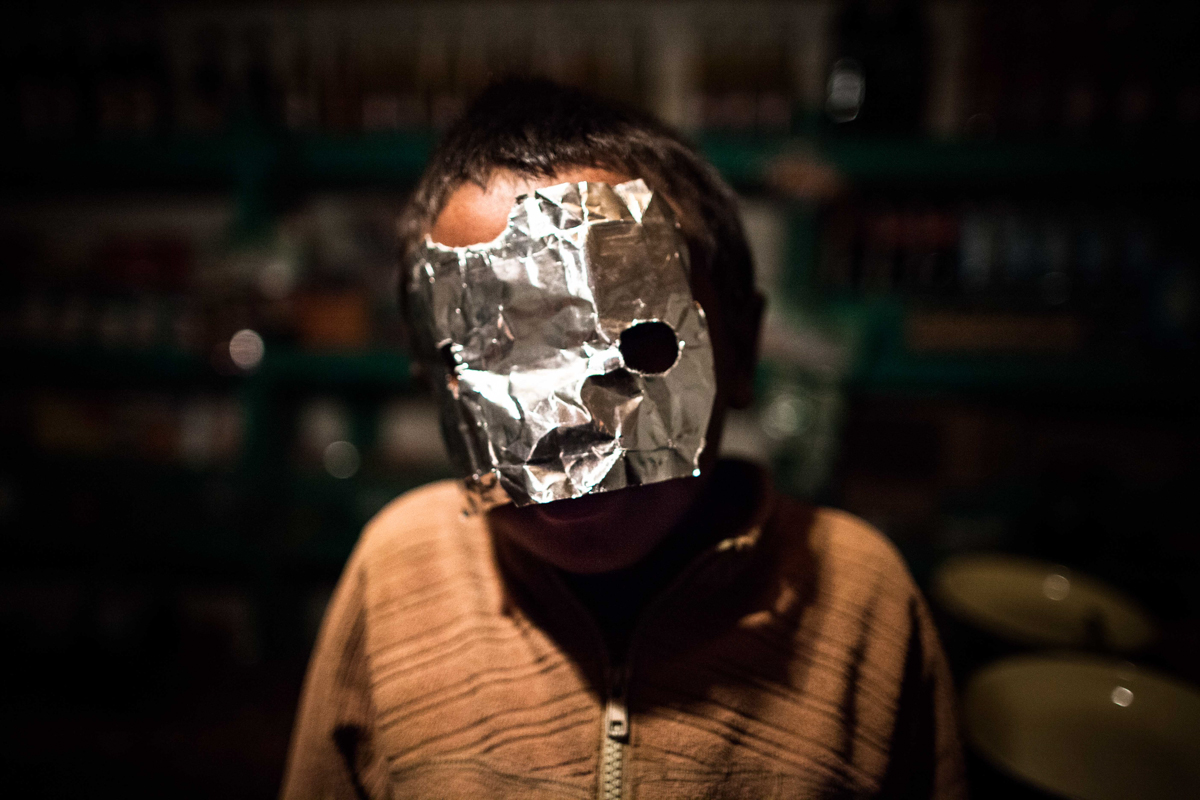
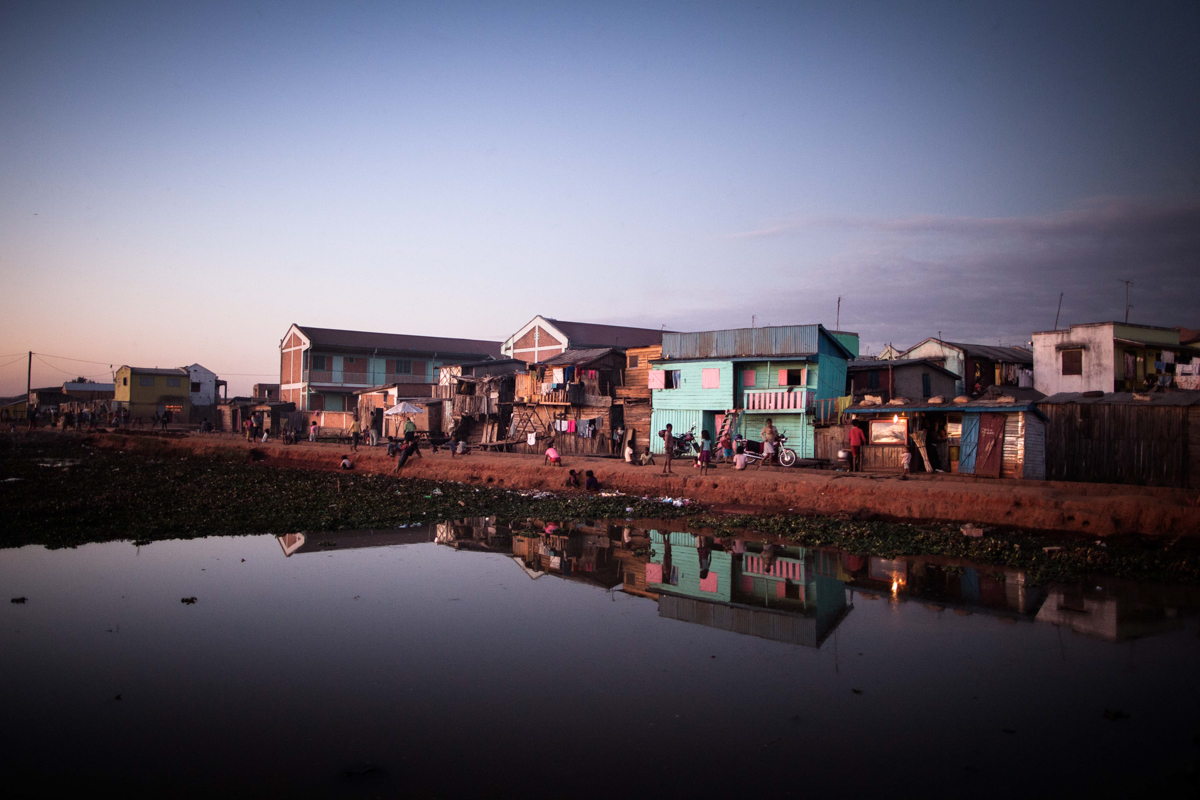
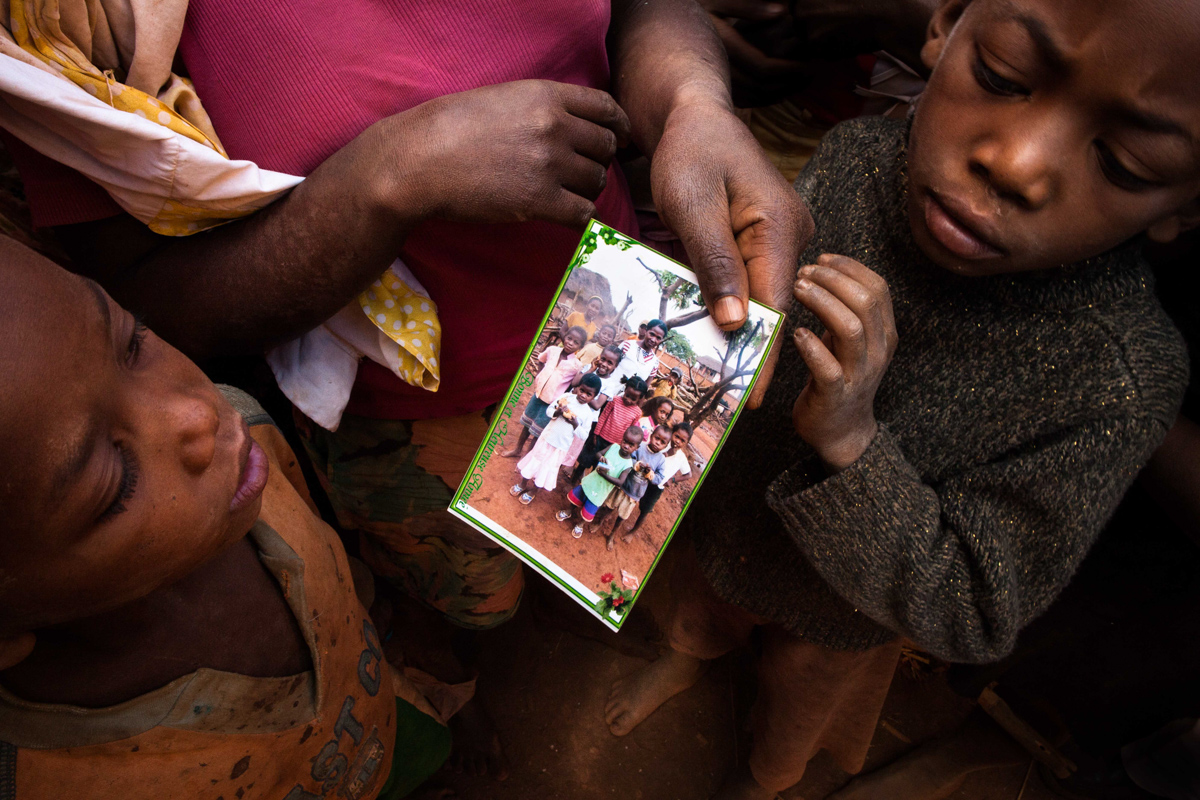
# 4 The City of Flies
Antananarivo, capital of Madagascar, is home to one of the largest dumpsites of the African continent, operative since the ‘60s. The dumpsite, which now covers over 45 acres and is still expanding, receives between 350 and 550 tons of new waste each day. Fire burns endlessly in the midst of the hills of garbage, which can reach up to 15 meters in height, and the unnatural landscape is constantly imbued with a toxic fog.
Around 3000 people currently live and work here, collecting plastic (sold for 0,05 $/ Kg) and metals (0,50 $/Kg). Many of them came to Antananarivo hoping to find better living conditions and fortune, now they live in one of the place on Earth with more unreported cases of pneumonic plague, the most infective type of the so called Black Death. The core of the dumpsite is scattered with small tombs, marking the bodies of fetuses and unwanted newborns. The ones who managed to survive, live permanently in the dumpsite as a community of orphaned children. Residents of the capital commonly refer to this place as “Ralalitra”: the City of Flies.
I first came to the dumpsite following the trail of unrecorded cases of bubonic and pneumonic plague in the capital. Since then, I’ve spent several days in that place, trying to understand the intimate nature of the phenomenon from an insider’s perspective. During this time span, despite the warm welcome of the dumpsite’s dwellers, I was severely threatened by the private company responsible for the waste disposal in the capital on behalf of the government, which had political and economic convenience in keeping what happens inside the dumpsite a secret. Nowadays they keep deny the presence and the very existence of a “dumpsite folk”.
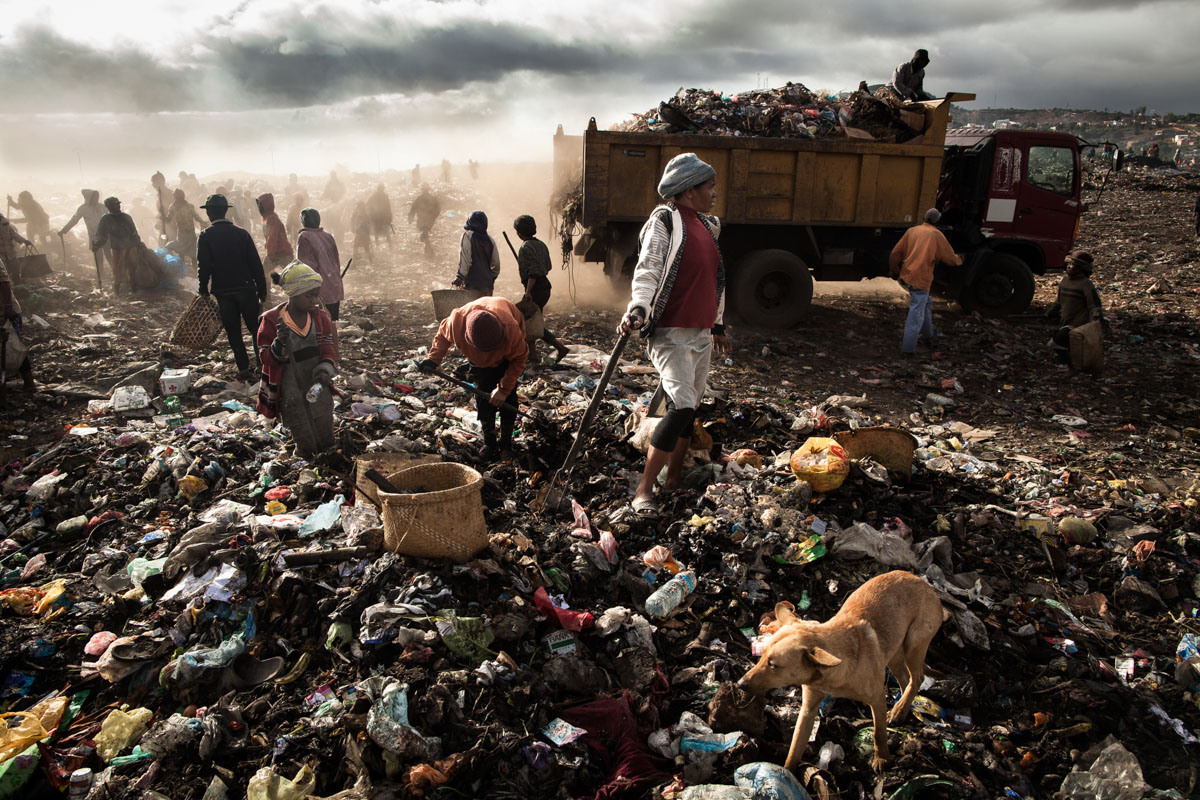
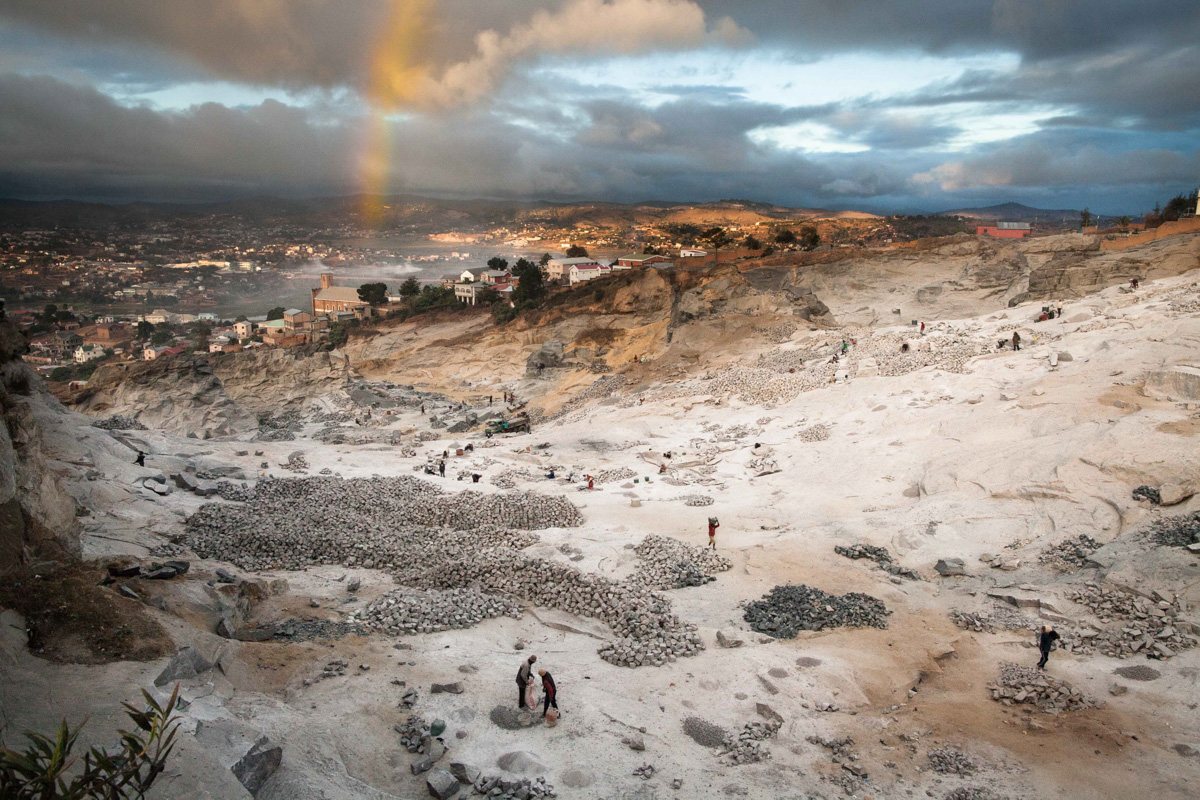
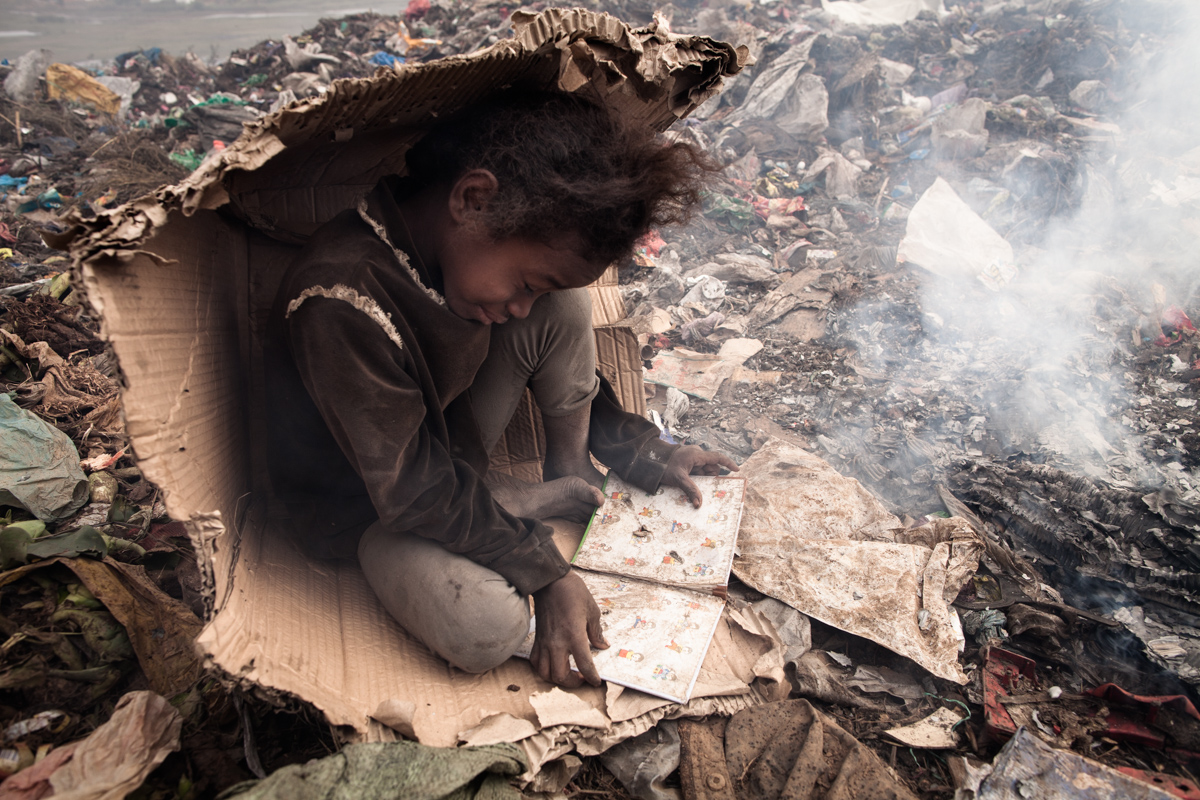
EXTRAS
Foreword by Prof. Ines Testoni – Director of Master Death Studies & End of Life University of Padova
“Riccardo Bononi, as a psychologist and anthropologist, uses photography to express the results of his research. Using visual anthropology as his method, the outcome of his work requires those who see it to cross the infinite spaces of ambivalence around discrete slices of observation. His discipline involves the use of photographic language as a means of combining a succession of visual experiences with the emotion that the image always strives to arouse, delineating and making the object in question radiate from itself.
His ethnographic exhibitions are highly narrative and have therefore already achieved prestigious national and international acclaim and awards. Always promoted by reputable newspapers, his reports from field research in Africa, South America, India, South East Asia, Europe and the United States have successfully recognised the central yet unconscious role of death in all of these contexts, identifying its characteristic features. And yet, in spite of their differences, these semantic spaces – showing that they respect a substantial logical coherence built on the ability to recognise the inevitability of finiteness and its horror – have encountered their own antithesis in Madagascar, where the very conception of subconscious and death seem to have lost all logic.
This circumstance is a genuine “implosion” in an almost absolute indexicality with regard to the relationship between the Malagasy culture and the West. Precisely due to the absence of meaningful parameters for expression in words, photographs are the chosen means for reliably and meticulously reporting the encounter with a pre-ontological culture. Its content therefore expresses the original human desire to refuse death, which in this country is expressed as an attempt to remove the boundaries beyond which life is able to celebrate primarily only itself.
Hence, the book entitled Une belle vie, une belle mort is the result of a complex thanatological research project, focused on how the Malagasy people regard the concept of non-death. It begins by identifying the ways in which the living boundaries of everyday life are totally connected with graves and worshipping ancestors, who are also treated as companions of life and dining, with desires, needs and answers.The removal of barriers separating the dead from the living is therefore what attracted the researcher’s observation and is exactly what spreads out from this book.
The description of death – as a simple phase of human development similar to the normal transition between various phases of life, where the ultimate state of a person is the cadaveric paralysis of the body that remains inhabited by the conscience – evokes the neonatal neoteny typical of the purely human state at the beginning. In this respect, dying is associated with being born again into the world and remaining attached to the beginning, returning to the state of extreme powerlessness.
In Madagascar, this specific belief forms the foundation of social and community life: the dead are regularly exhumed from graves by relatives who take them to their houses and eat, talk, dance and laugh with them, bringing them up to date on what has happened in the village since their departure and introducing them to their grandchildren, who were not able to meet them during their life. There are free corpses, which can live with their loved ones, and rejected corpses, that are abandoned in graves. The principle of discrimination is moral and, above all, political.
For the contemporary Western world, as the British anthropologist Geoffrey Gorer points out, this practice is sheer “pornography”, something that must be strictly censored. Physical contact with the deceased is resolutely hidden from the public and limited to science laboratories or sacred places, marking the boundaries that can’t be surpassed. The contemporary era is one in which, thanks to the first Napoleonic laws concerning cemeteries and the handling of corpses, the most fearsome epidemics, such as the plague, have been triumphantly defeated. All this, however, does not happen in Madagascar, where the worshipping of ancestors is the State religion in the country and the handling of corpses is not prohibited.
As in a science fiction story, Une belle vie, une belle mort is intended to portray what would happen if one day we were suddenly faced with a pre-Napoleonic society, i.e. one that overturns the taboo of death and the boundary separating the living from the dead. The scenario described, as astonishing as it is appallingly distressing, is developed in four chapters.
The first chapter deals with the Posthumous Life of Madagascar, dwelling on domestic coexistence, which is never grim, between the living and the dead.
The second chapter, Cemetery Generation, describes the existing situation of children and adolescents, who, orphaned after the coup d’état of 2009, live in the cemetery of the capital, forming a large family.
The third chapter, the most distressing, focuses on The Red Island and the Black Death, or rather, the plague epidemic affecting the country, its causes and consequences (Madagascar is the country most affected by the bubonic and pulmonary plague in the world, with confirmed cases that have been rising in number since 1800).
The last chapter, about the City of Flies, shows how the country’s largest dump has been transformed into a cemetery for unwanted corpses and into homes for the abandoned, people who find a non-place among the waste, where non-death is experienced in collective desolation that arises from social discrimination.
Therefore, on the one hand, this work attempts to welcome the idea that death can be accepted as coexistence, yet on the other hand, perhaps inadvertently, it explains unequivocally the reasons for the taboo, which inevitably stems from the “yes to life” that the culture of science and technology constantly advocate in the daily life of Western society.”
